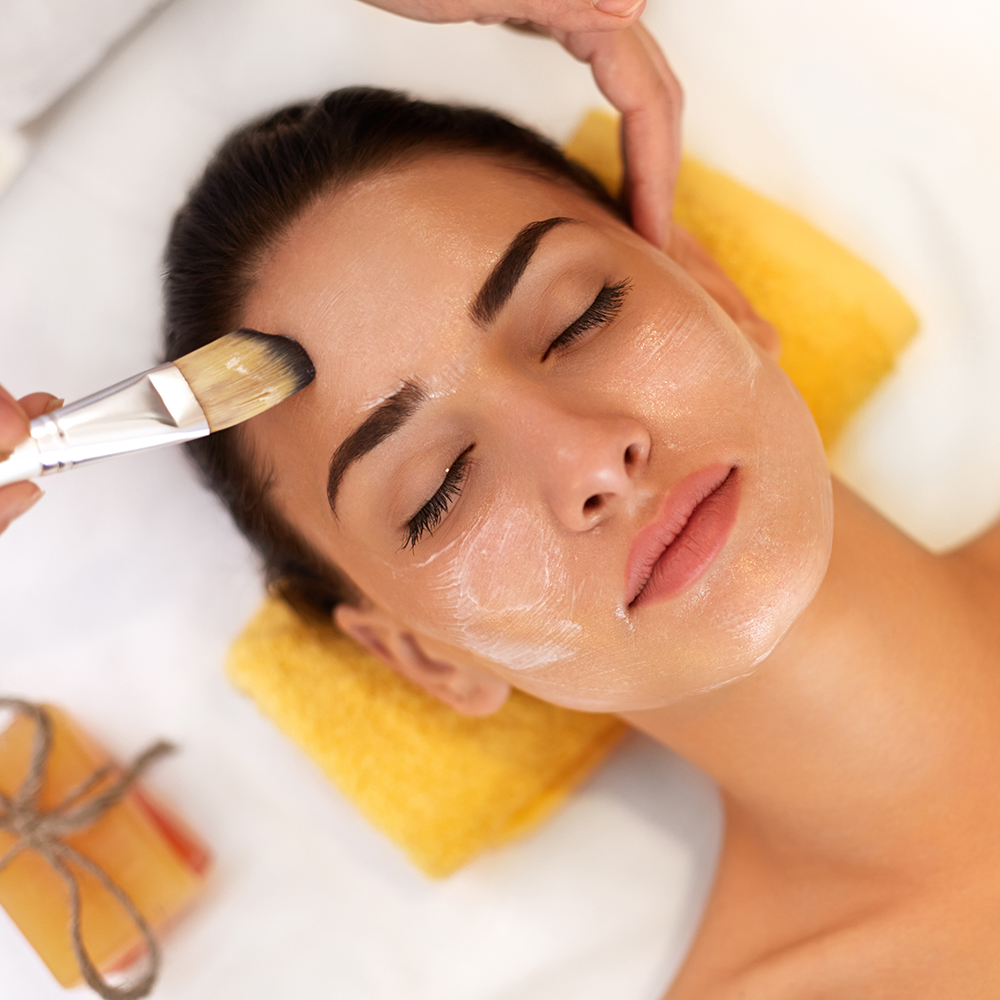Combination Skin
Combination skin features two or more different skin
types on the face, and typically presents with dry and flaky skin on portions
of the face, with excessive oil on others. Many mistakenly believe they have
oily skin when they, in fact, have combination skin type. Unless an
individual’s skin is oily all over, there are likely portions of skin that are
dry or normal, which would qualify under combination skin.
Combination skin is the most common skin type, but it
can be hard to identify and treat. The skin will often be shiny in the T-zone,
which includes the forehead, nose, and chin. These areas tend to have more
active oil glands than other parts of the face like the cheeks. Dealing with
both dry and oily skin means finding the perfect skin care regimen that’s
strong enough to exfoliate without irritating the skin.
Stick to Natural Ingredients
Those with combination skin often find that harsh,
chemically based treatments like those that contain benzoyl peroxide can
actually dry out the dry areas of their face and cause the oily areas to
increase production of acne-causing excess sebum. BioClarity products contain
natural extracts of green tea, cucumber, and chamomile
to soothe the skin and calm inflammation.
Avoid Products with Fragrance
Those with combination skin tend to have cheeks that
are flaky and dry, and dry skin can be susceptible to irritation from products
that contain ingredients known to irritate and anything with chemically created
fragrances. Stick to products with natural ingredients, like BioClarity’s line
of acne treatment designed to soothe and protect the skin.
Use Two Different Moisturizers
It’s important to use moisturizer, but with
combination skin, it can be hard to find the right balance between a cream that
treats the dryness found on the cheeks and the oily areas found on the T-zone.
In these cases, it’s a good idea to add two different moisturizers to your skin
care regimen. Use a heavier moisturizer on your cheek area, or any skin that’s
excessively dry, and use a lighter moisturizer on the oily parts of your face.
Be Sure to Exfoliate
Exfoliating is essential for those with combination skin. Dead skin cells on the dry part of the face will be sloughed off, while clogged pores will be unblocked and cleared. BioClarity products contain the highest allowable concentration of salicylic acid, a natural exfoliator that can help unclog pores and slough off dead skin cells that can lead to dull-looking skin.








